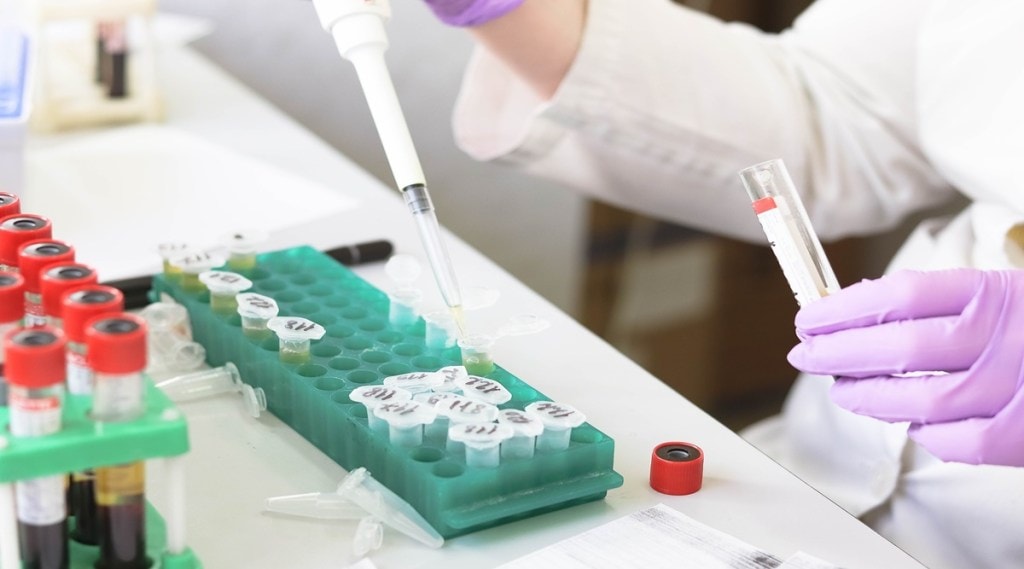By Pritam Kumawat
Tuberculosis remains a significant global health challenge, with millions of people affected each year. India alone accounts for a staggering 27% of global TB cases and records the highest number of deaths. Diagnosis is the weakest link in the TB care continuum, with only one in two people with drug-sensitive TB completing all care steps. Timely and precise diagnosis is paramount in the fight against TB, crucial for achieving the WHO’s End TB strategy, to end TB by 2030.
In many parts of the world, particularly in India, diagnosing TB remains a formidable challenge. Conventional diagnostic methods, such as sputum smear microscopy and culture-based techniques, are often slow, labour-intensive, and require sophisticated laboratory infrastructure. As a result, delays in diagnosis are common, leading to increased morbidity, mortality, and ongoing transmission of the disease. India, a high TB incidence country, faces additional obstacles including resource scarcities and overwhelming patient numbers. The lack of access to advanced diagnostic tools and adequate healthcare facilities often leads to delays in diagnosis, placing a heavier burden on both patients and healthcare systems. Further, challenges in collecting high-quality sputum samples and the suboptimal sensitivity and specificity of existing diagnostic tests compound the challenges of controlling the spread of disease.
Point-of-care diagnostics (POCDs) offer a promising solution to overcome the limitations of traditional TB diagnostics. These portable and user-friendly tests can be performed near the patient, often in primary healthcare settings, without the need for extensive laboratory infrastructure or specialized training. Rapid and accurate diagnosis at the point of care enables healthcare providers to initiate timely treatment, reduce the risk of disease transmission, and improve patient outcomes.
Further, POCT helps identify drug-resistant TB cases promptly, guiding appropriate treatment selection and preventing the spread of resistant strains. Patients co-infected with TB and HIV present complex diagnostic challenges, with HIV weakening immunity and hastening latent TB progression.
Research has shown that people with TB navigate long care-seeking pathways, with multiple visits to health providers before a diagnosis is made. POCT can address this by providing rapid results during a single healthcare visit, reducing the need for multiple clinic visits. Additionally, POCT can support TB control efforts by enabling active case finding in high-burden settings, such as prisons, homeless shelters, and remote communities, where access to conventional diagnostic services may be limited.
Despite their potential benefits, many existing POCDs for TB diagnosis are inaccessible and unaffordable, particularly in resource-limited settings. Addressing these barriers requires collaborative efforts to develop affordable POCDs tailored to TB-endemic regions and integrate them into existing healthcare infrastructure.
In conclusion, POCDs have the potential to accelerate progress towards TB elimination goals. However, realizing their full potential requires collective action to prioritize innovation, affordability, and accessibility, ensuring equitable access to timely and quality care for all individuals.
(The author is a Co-founder and CEO at Sanskritech Smart Solutions Private Limited. Views expressed are personal and do not reflect the official position or policy of the FinancialExpress.com.)









